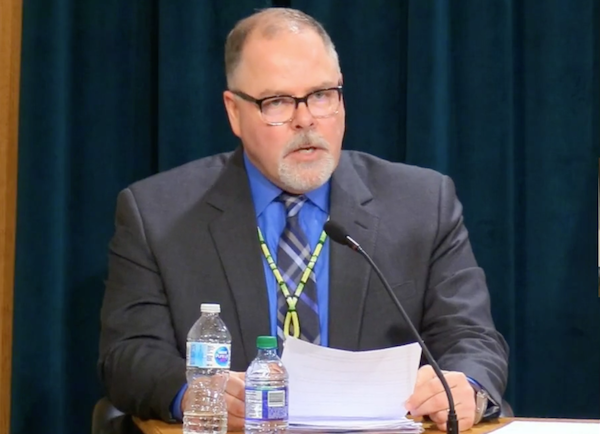It’s been nearly two weeks since the first presumptive case of COVID-19 in Saskatchewan, and the number has since rose to 72. All of those cases are confirmed.
On Tuesday, the provincial government announced six new cases of COVID-19.
Of the total cases, three are in the north, eight are in the central area—which includes Prince Albert—34 are in Saskatoon, five are in the south and 22 are in Regina.
Also on Tuesday, a Saskatchewan Health Authority (SHA) model was released—it says the SHA is estimating between 9,000 and 15,000 deaths in the province. That’s a fatality rate of between three and five per cent.
However, said SHA CEO Scott Livingstone, that number doesn’t take into consideration the restrictions that have already been implemented, such as business closures and mandatory self-isolation. It’s a “worse-case scenario model.”
“Even under conservative assumptions, COVID-19 will almost certainly overwhelm the health system,” says the presentation, titled COVID-19 Planning: Strategy for Continuity of Health Services and Surge Capacity. It’s dated Mar. 19 and 20.
Other estimates include a 30 per cent infection rate (300,000 people), with 15 per cent of those cases requiring hospitalization (45,000 people) and five per cent requiring care in the ICU (15,000 people).
Livingstone said the SHA is expanding capacity to meet the demand.
It’s already slowed down non-essential services, expanded HealthLine 811 by hundreds of employees and expanded testing sites across the province, to name a few.
“Unfortunately, the pattern in other jurisdictions show that we need to do more,” said Livingstone.
Now, the SHA is creating dedicated spaces for COVID-19 patients in existing facilities, creating dedicated hospitals for COVID-19 patients in Saskatoon and Regina and other areas of the province where required and creating space in outside facilities like field hospitals, gyms and community centres.
“Even if there was a 50 per cent error rate, we still need to do this,” says the model.
“Time is of the essence.”
Livingstone said the model will continue to be updated based on Saskatchewan data, but he hasn’t received the next phase yet. When the next phase is completed, he said he wouldn’t have an issue releasing it.
“It’s not that planning started last week,” he emphasized, because that’s when the model is dated. He said the SHA has been planning for weeks.
Livingstone also clarified that Saskatoon is used as an example in the model for how they would expand capacity. This doesn’t mean the city will be impacted by COVID-19 any differently than others, unless data suggests so.
In previous updates, provincial Chief Medical Health Officer Dr. Saqib Shahab said the number of cases in specific areas are normal considering the difference in populations.
Community transmission suspected in 4 cases, 1 in central Sask.
During the Tuesday COVID-19 update, Shahab said Public Health has suspected community transmission in four cases.
One is in central Saskatchewan, two in Saskatoon and one in Regina. The contact investigation for the Regina case has been ongoing for 10 days.
All other cases have been linked to travel or gatherings.
“Public Health goes back again and again when there’s a new case diagnosis and says ‘Did you travel?’ ‘No.’ Okay. ‘Did you go to a large event?’ ‘No.’ ‘Did you have a close contact, went to someone’s house who had recently come back in the last two weeks.’ ‘No,’” explained Shahab.
“And then they go back again and again,” he said.
“If the answer keeps coming back ‘no,’…that’s how we determine that there is community transmission.”
Shahab said his advice is to act like there’s unknown community transmission regardless of where you are in Saskatchewan.
“That’s not a reason to panic. It’s a reason to be very thoughtful about day-to-day activities,” he said.
“You have to be very intentional with everything you do when you’re out and about.”
Most of the cases of COVID-19 will go undetected because they’re so mild, said Shahab.


